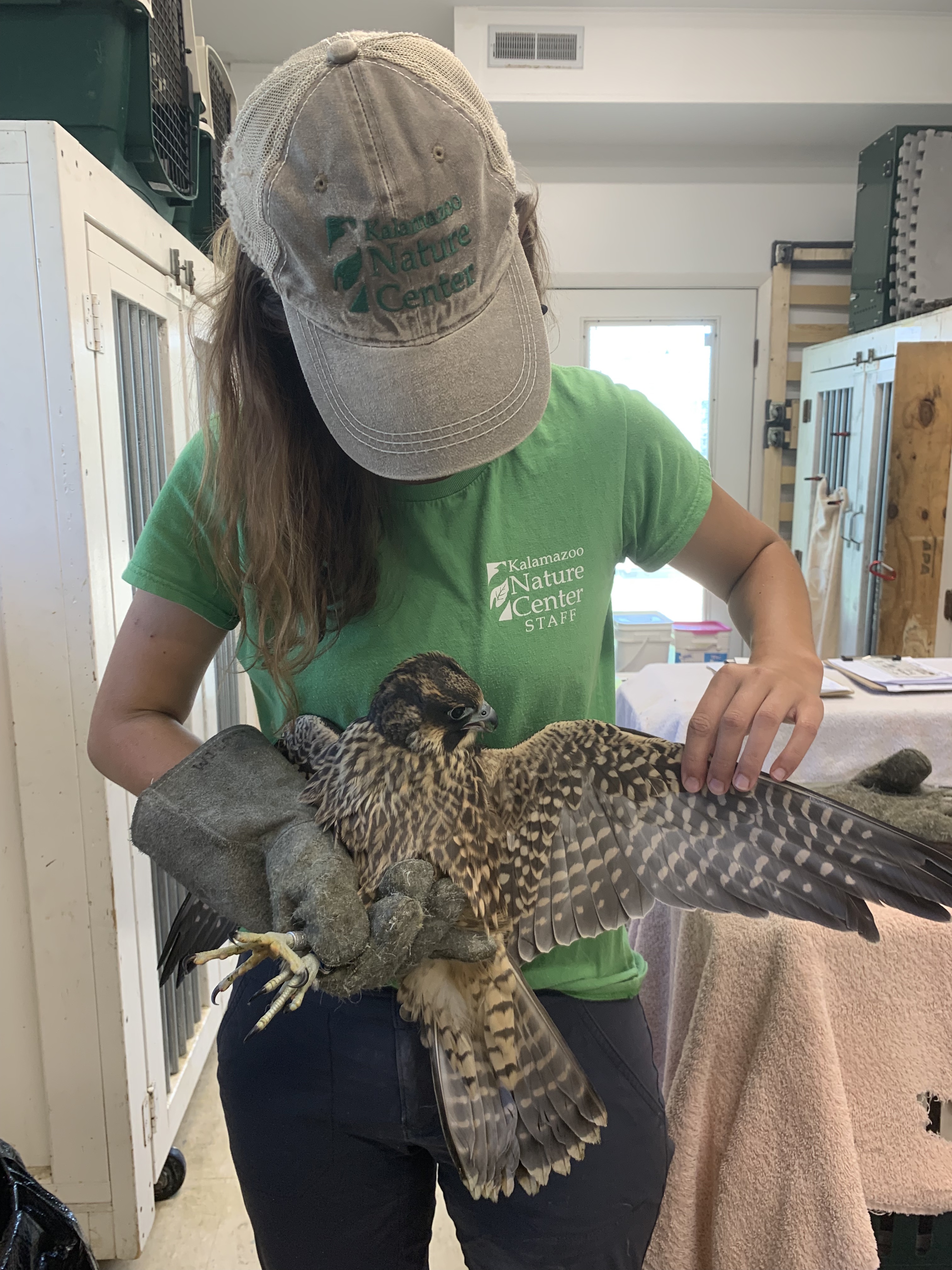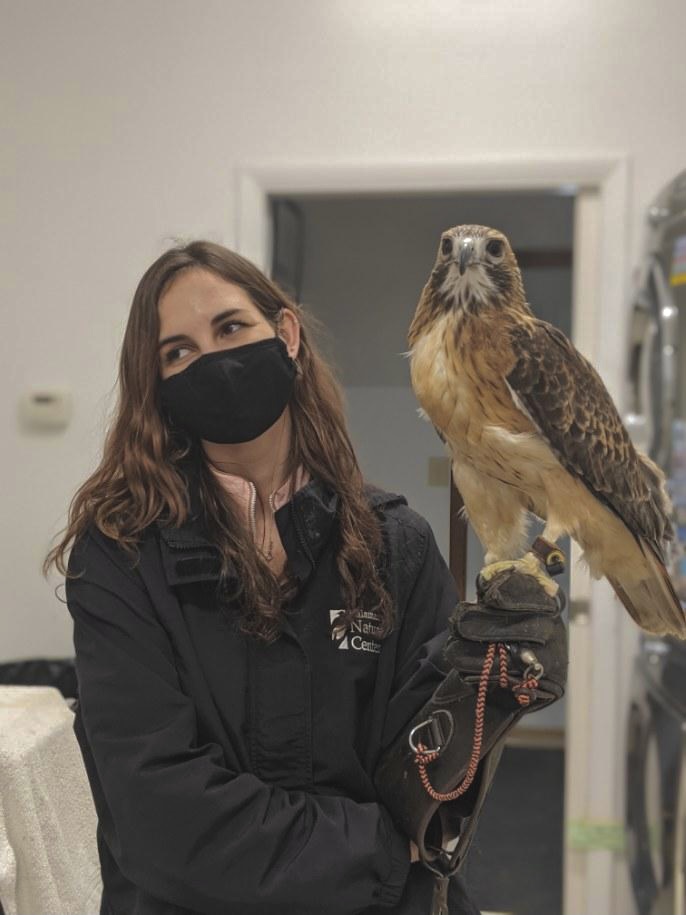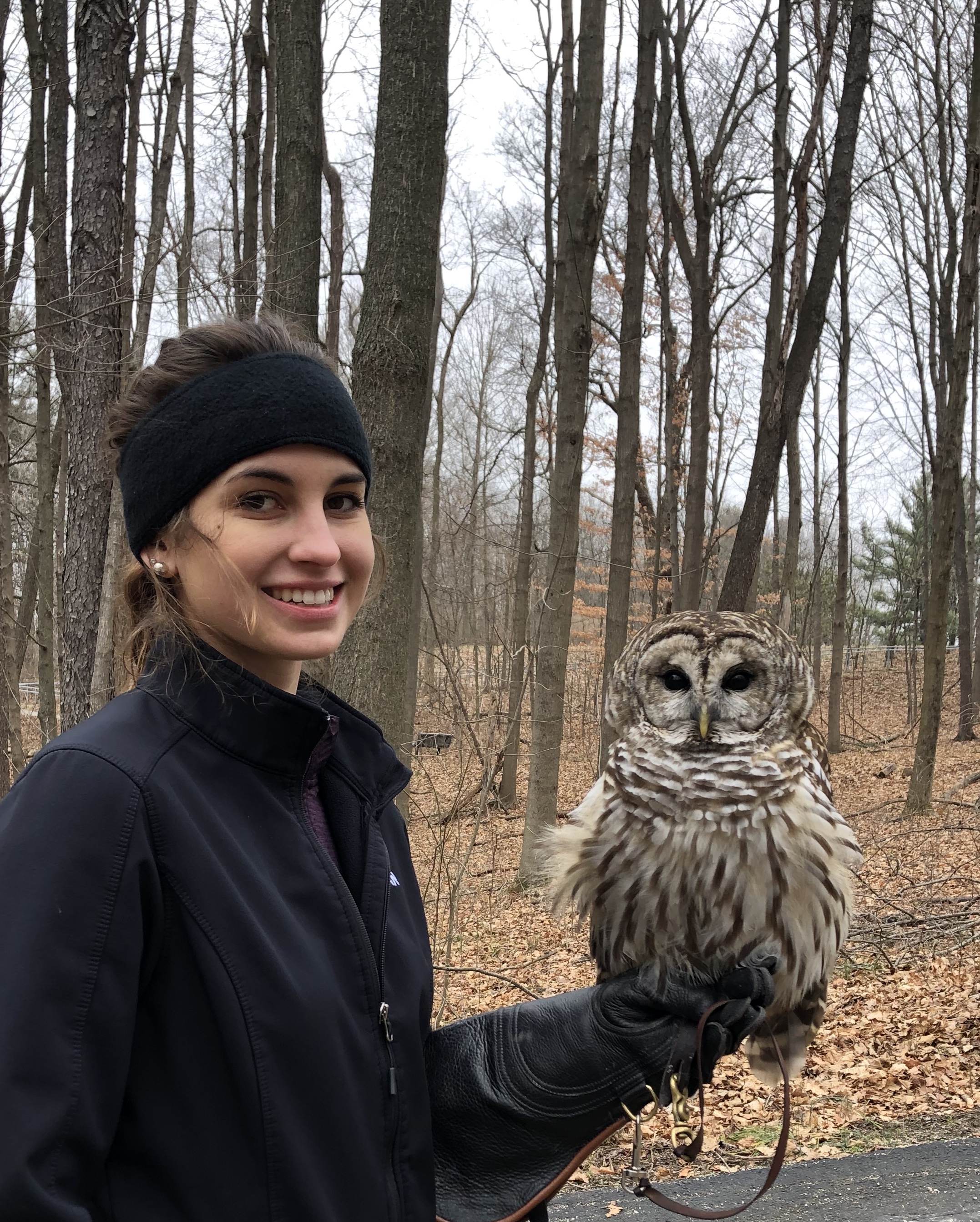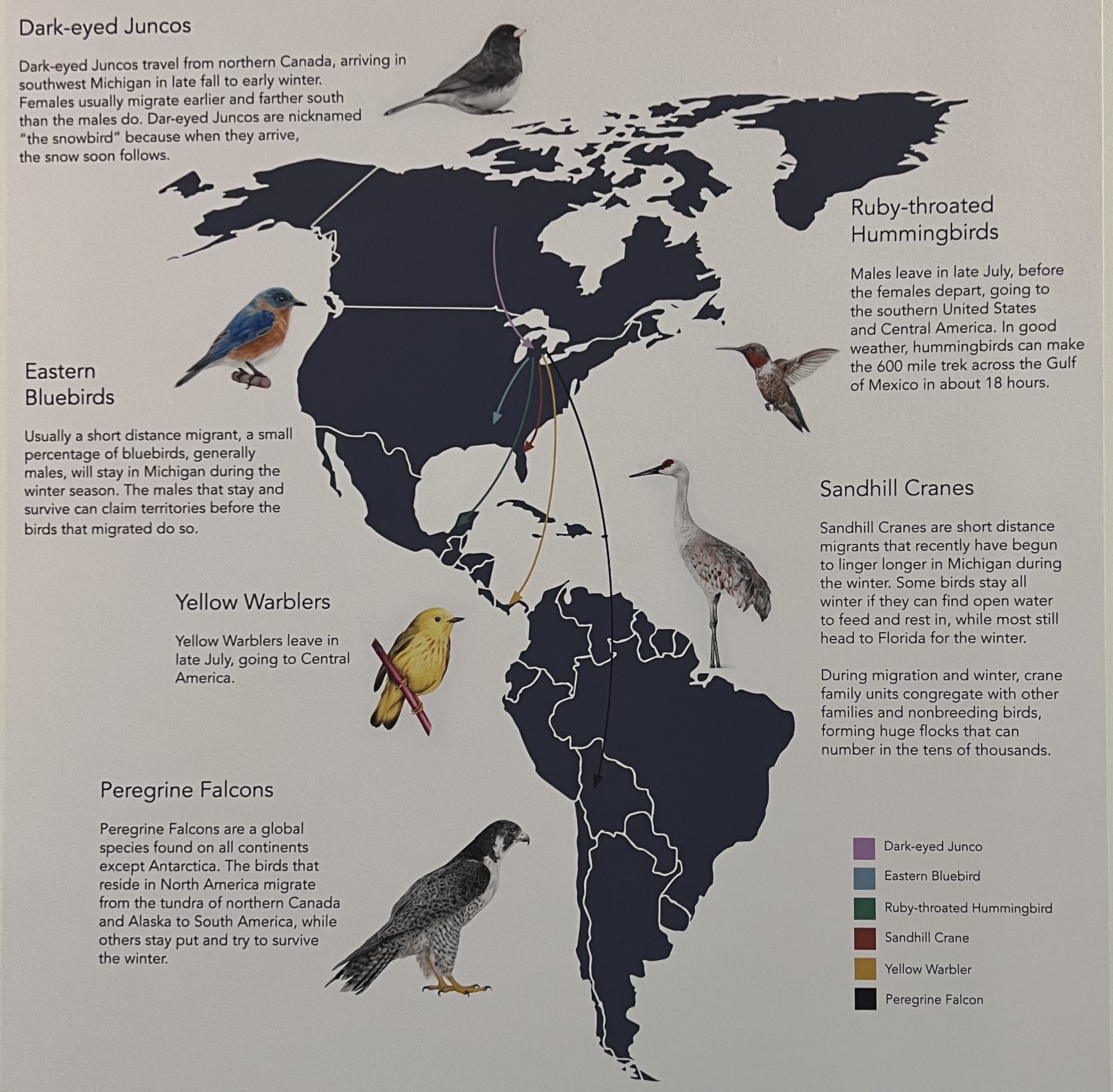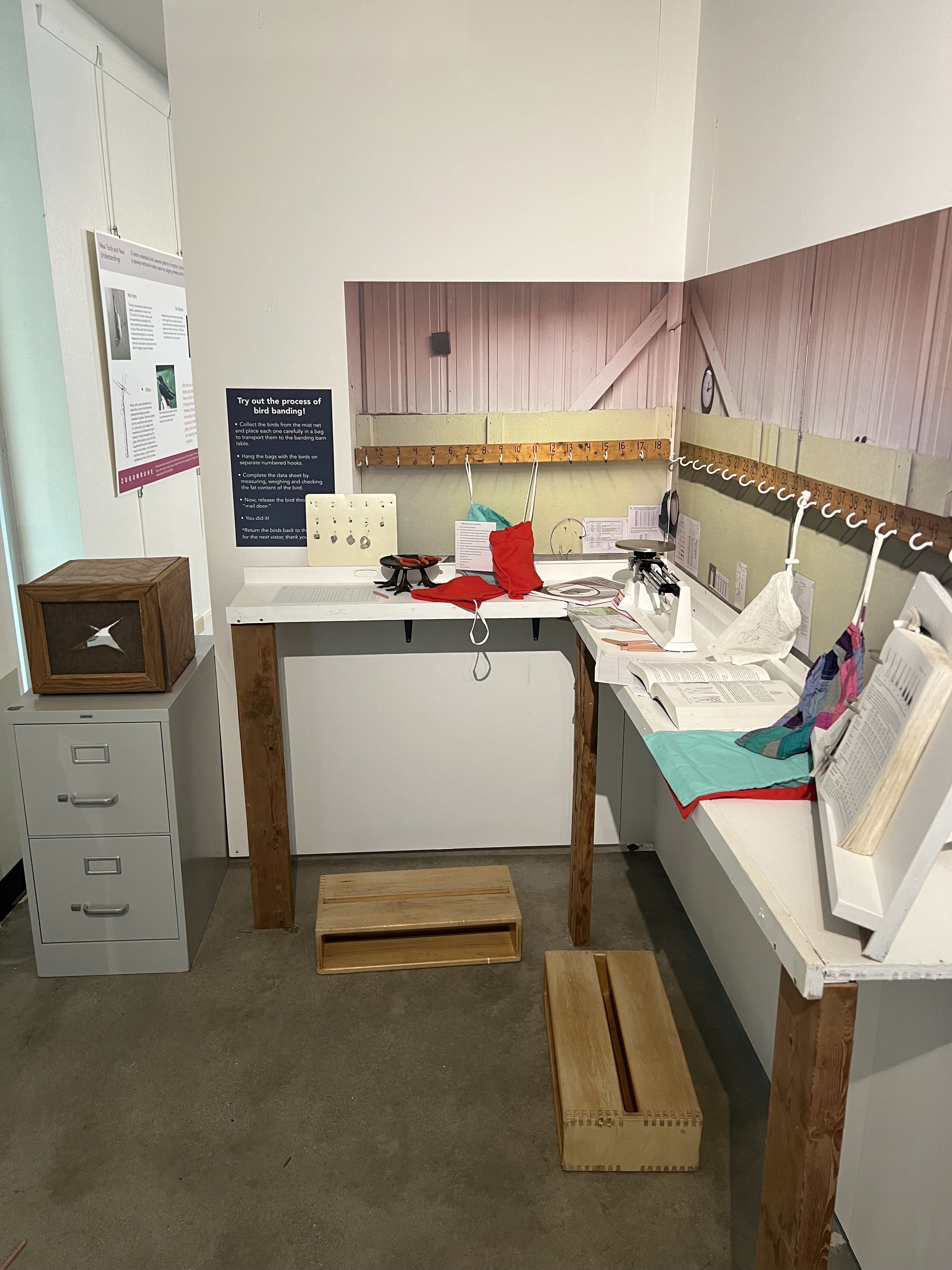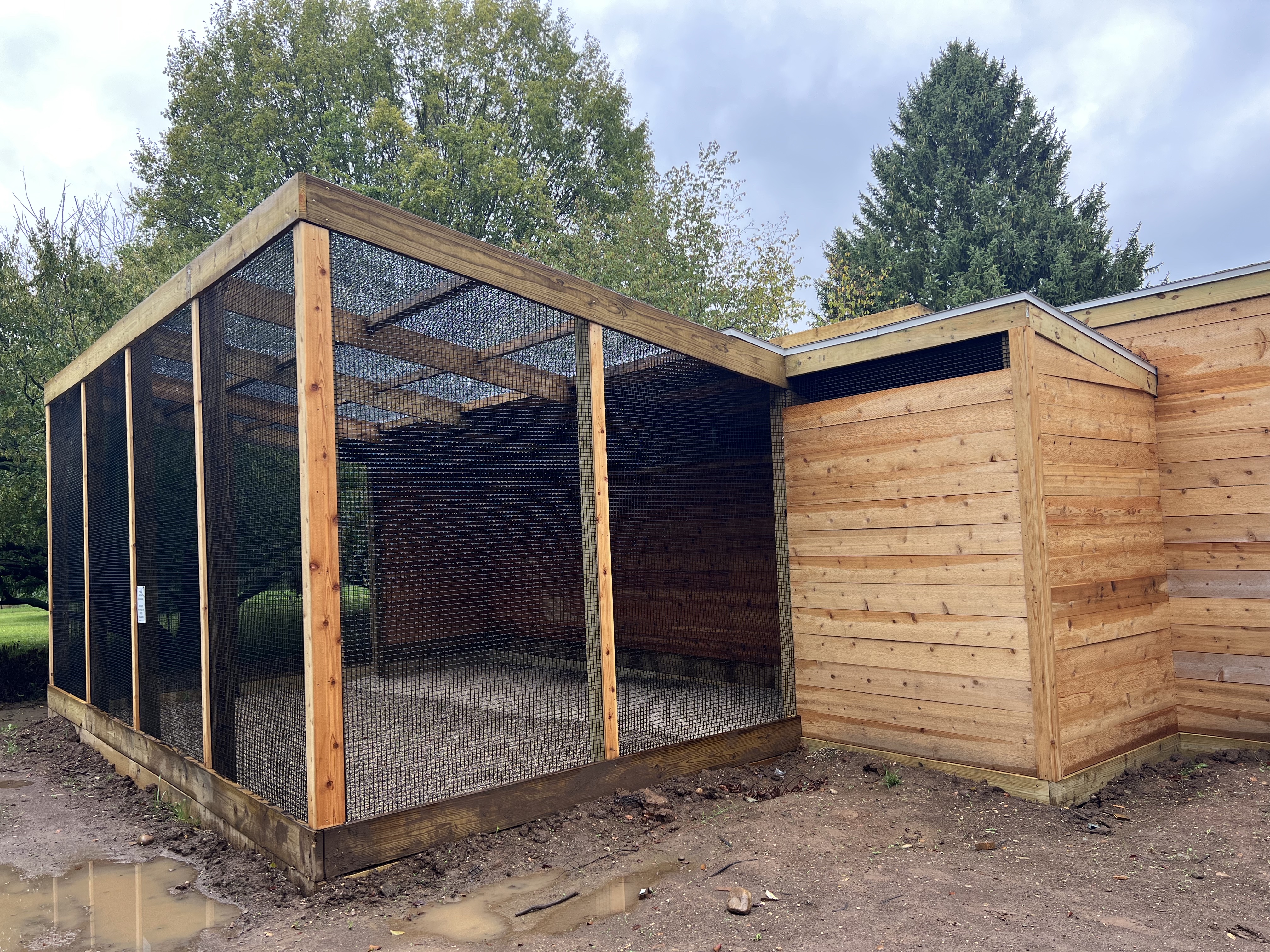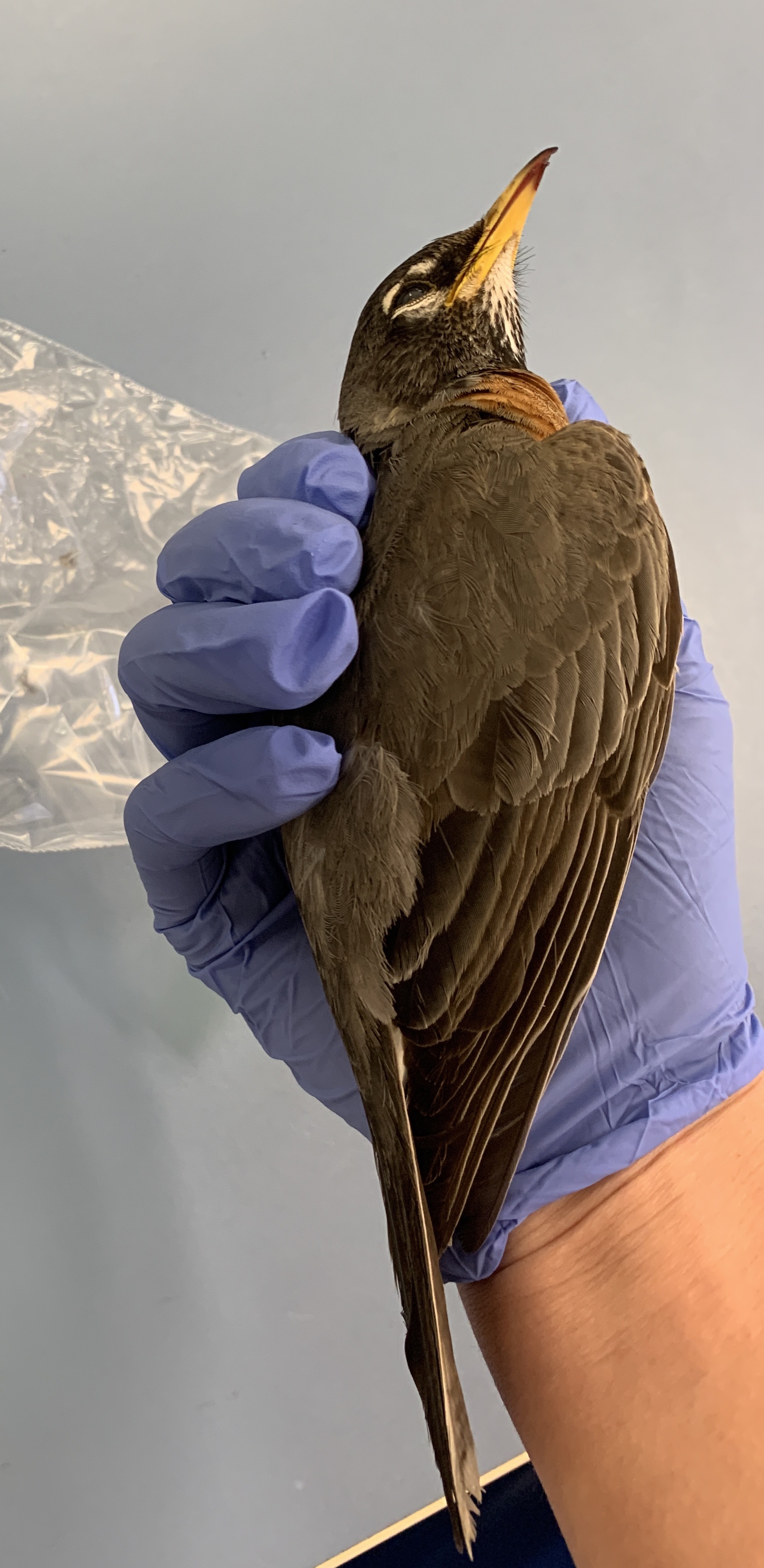Intro

I have had the unique opportunity to experience bird conservation from a multitude of different perspectives. My first experiences with birds were primarily through domestic poultry. As a child, I would spend months studying for the annual poultry show at the local county fair, determined to become the top showman. Finally, after an ongoing rivalry with another 4H member, I achieved that. Shortly after, I was invited by the poultry judge to apprentice under him and learn the standard for judging poultry. I followed him across the state of Michigan, observing and training at different fairs until eventually, one day, I received a call to judge a fair on my own. Safe to say, it was through that experience that I became encaptived.
Gradually, my interest broadened to other bird species. I became engrossed in banding at my local bird banding station, training birds of prey at the nature center, and birding across the state, chasing rare species and learning the songs and identification for North American species. During my time at Kalamazoo College, I became fortunate to work with an ornithologist and learn about stress in birds (he was quick to correct me on this of course as he considers himself to be a "physiologist who uses birds as a model"). As a biology requirement, students at Kalamazoo College had to complete a senior research thesis. I was lucky and amidst the chaos of COVID, I moved to Kentucky to work with this professor on a project examining stress response in tree swallow nestlings. Through this research, I suddenly became aware of the fact that this field of study could be a careeer.
During my final year of undergraduate study, I continued with bird banding projects and even started a birding club, to introduce students to bird conservation and ornithology. We collaborated with local groups and assisted with a bird-window collision monitoring group to assess the impact of buildings on campus. Shortly after, I had the opportunity to present the work to Studio Gang, an architectural firm that designed one of the buildings we monitored. As senior year progressed, I was offered a directorship at the Kalamazoo Nature Center where I had been volunteering for the previous two years. At the same time, I also took on a field assistant position for a sound ecology study. Needless to say, this was a particularly busy time as I completed my degree.
Since my undergraduate, I continued to work for the Kalamazoo Nature Center, improving welfare and standards for birds of prey in captivity. I have since moved on to begin my graduate studies in the Burness Lab at Trent University in Canada. While I have moved, my passions have persisted and I continue to collaborate with many of the same groups that I had previously, as well as many new ones. In this living portfolio, you can find further details on my current work.
To this day I continue judging at poultry shows, in hopes that some young showman may find the same passion as I once did.








